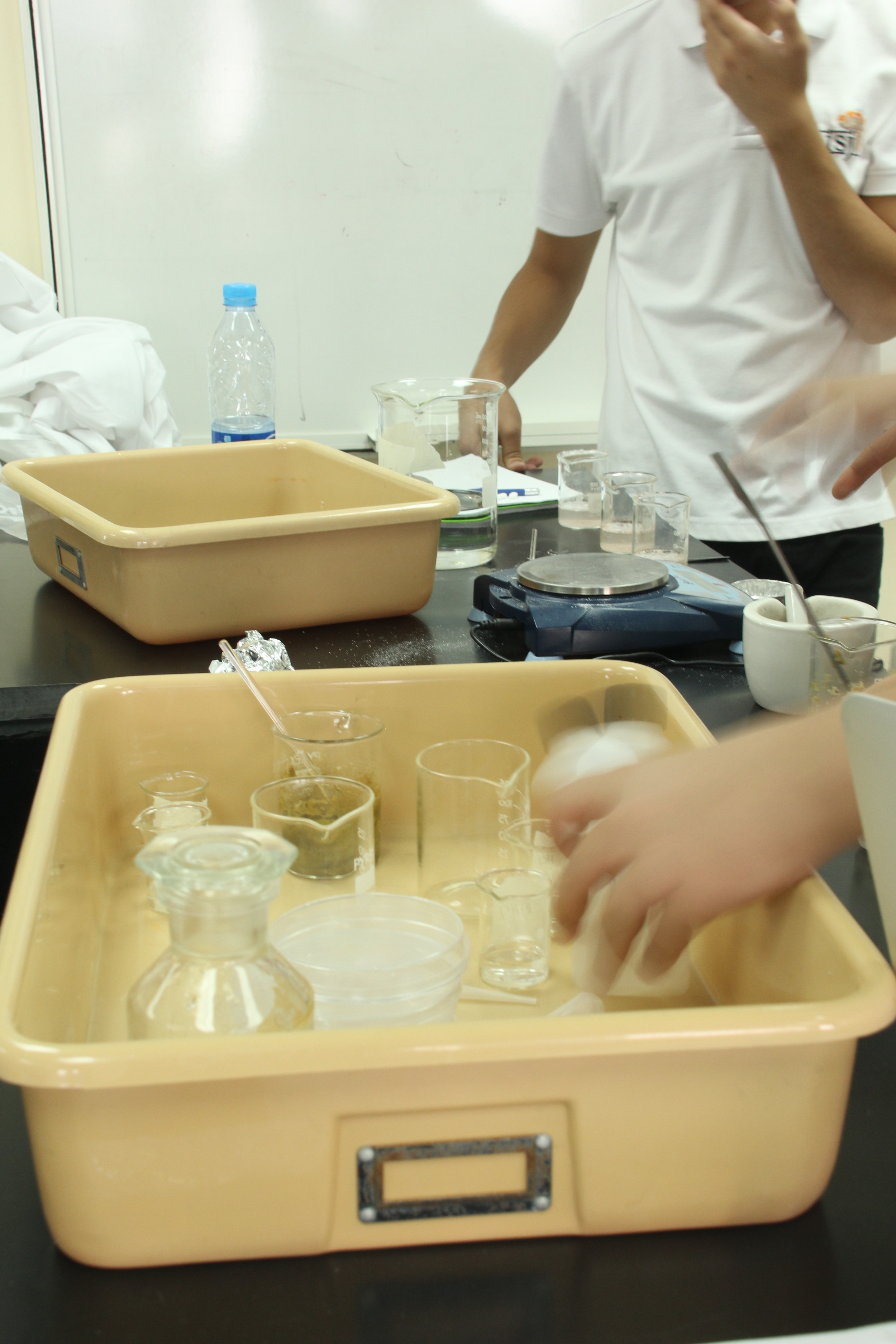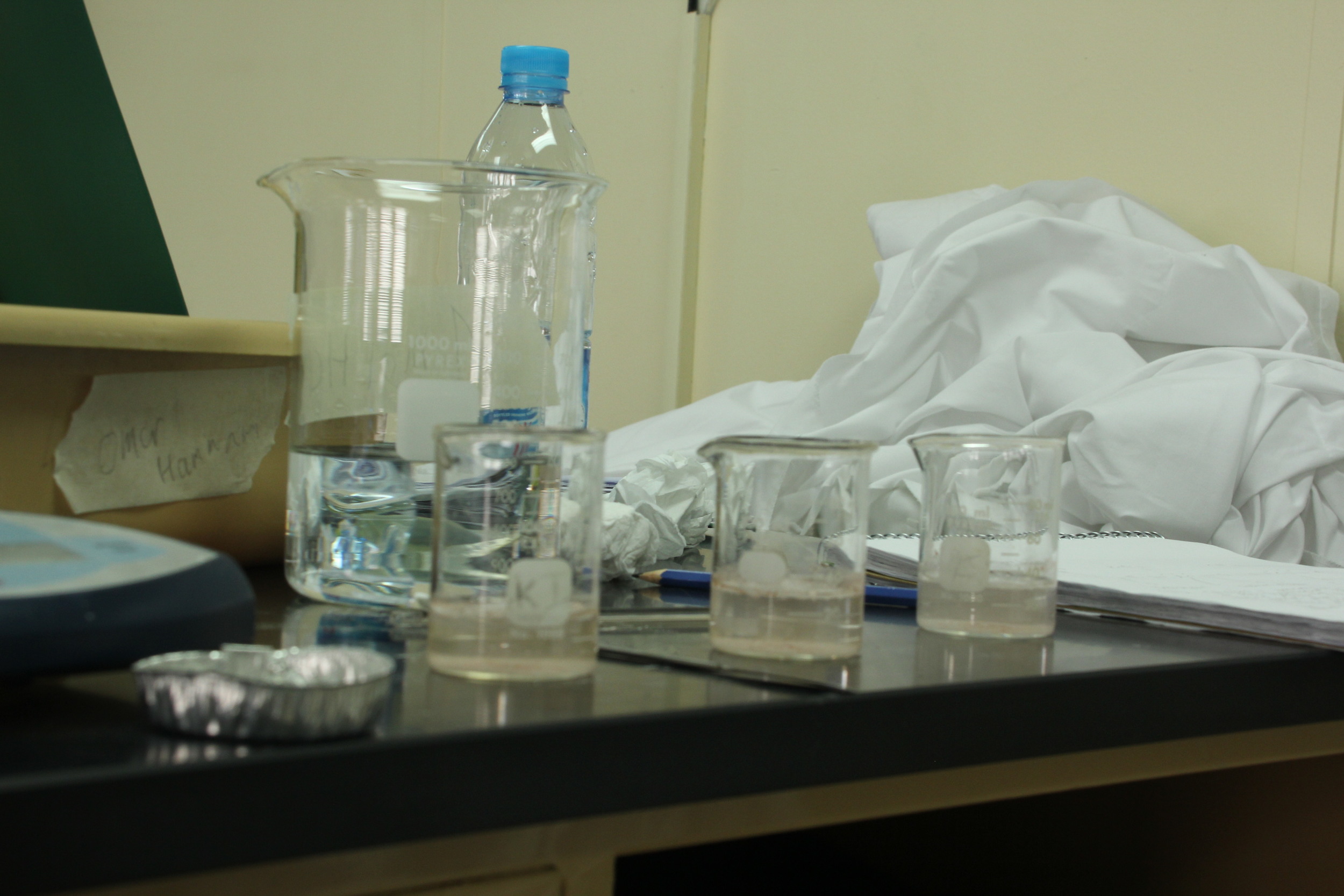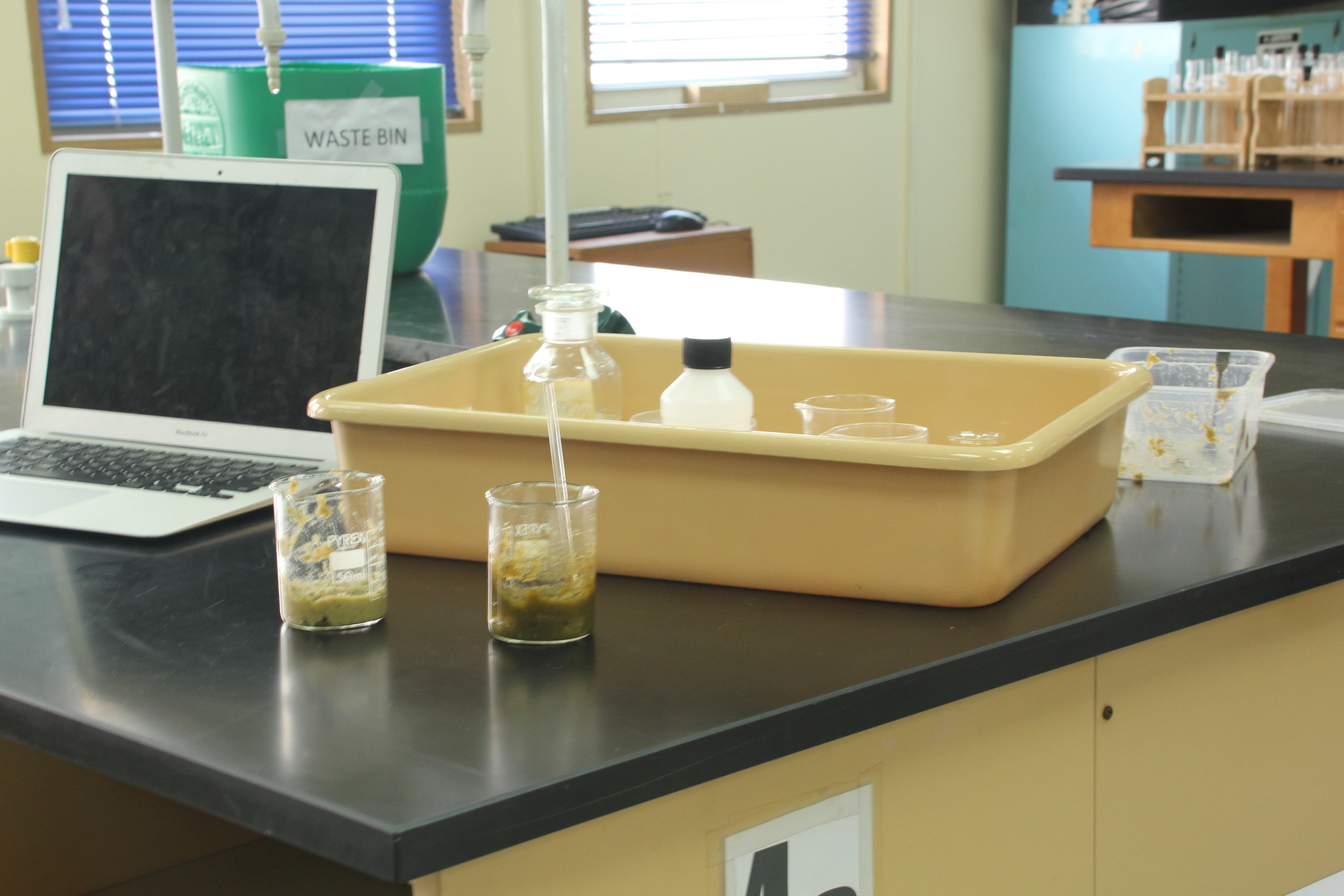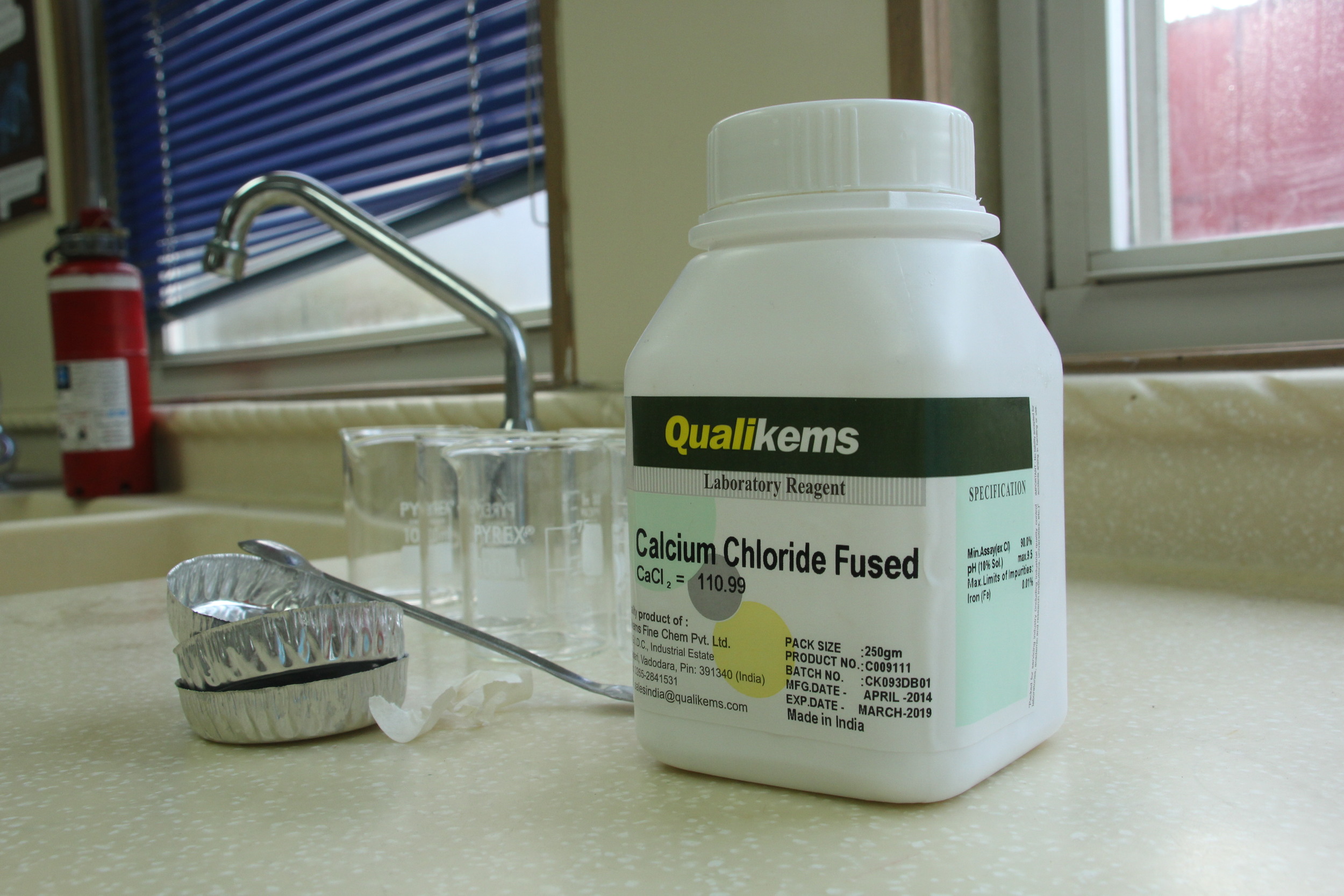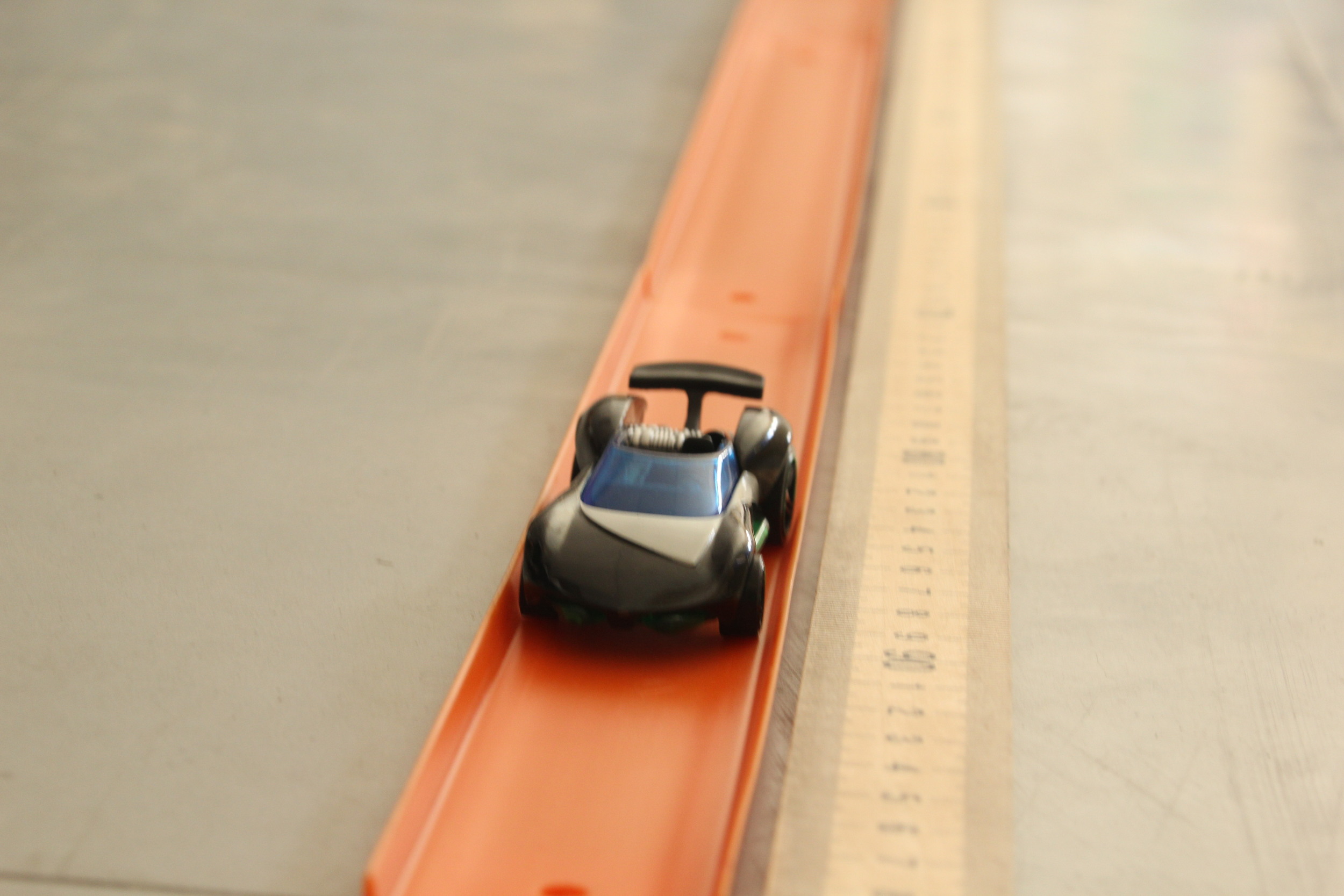The counter tops and table tops have become delightfully cluttered with projects in progress. A calcium chloride bottle, spilled yeast, banana peels, beakers, pipettes and graduated cylinders are scattered throughout the classroom.
It’s that time of year when science fair projects are underway all across the world. We’re conducting, for the first time, a science fair in our high school. Initially, we were faced with an onslaught of protest from the students such as “But that’s so much work” and “We’ve already done a science fair!” as though participating once in 4th grade exempts them from the benefits of designing and conducting an experiment as an older, more mature person. Once informed that the Science Fair would contribute significantly to their second semester grade, there was more “buy-in”
Our secondary science department has been stunned with the realization of just how much investment there is in the process. Working with students who haven’t spent a lot of time immersed in scientific thinking requires incorporating extra training time into the classroom, time many don’t feel they necessarily have. Even guiding students towards a question to investigate was more time-consuming than originally expected. The idea of “wandering and wondering” is not yet part of the mindset of our pupils. Helping learners determine what background information they need in order to design an experiment and understand the results was yet another hurdle. Identifying variables and writing a procedure was like extracting teeth. But finally, some are starting to experiment.
It is my preference that students collect their data at the school. This way they have access to legitimate tools of science and guidance from their teachers. However, funneling 400+ students through our lab and classroom space isn’t logistically possible and some experiments are not conducive to completing in the classroom. For example, one student is measuring the heart rate of her canines (she has over 20 dogs) in response to varying types of food. Another pupil is querying whether feeding quails peanuts will result in larger eggs (as with chickens).
He enters with a big smile, “I have more news on my quails.” He then proceeds to describe behaviors he’s noticing. One quail is laying eggs so despite having purchased 10 quails only one is laying eggs. So, he’s doing his entire experiment with one quail but he’s excited about it. He thinks about it constantly. Even though he’s not one of my students, he drops in nearly every day to discuss the progress of his experiment. He shows me pictures. He’s genuinely excited and he’s learned so much about quail biology, their bahaviors, and their care. In my opinion, one of the most important things is for students to find a topic they are genuinely interested in.
“Look, Dr. Markham, my hypothesis is supported!” A grin erupts across his face as he points to his data table and gestures towards the beakers of his experiment.
“This isn’t what I expected but it’s still cool!” Her soap pieces weigh the same before and after soaking in various concentrations of lemon juice and the volumes of the liquid haven’t changed indicating that the soap didn’t dissolve into the liquid. “I think I’m going to let them dry and weigh again, just to be sure. Either way this is interesting.”
Several students are redoing their experiments for a second or third time, working out the details of their protocols, but they remain undiscouraged. In fact, they’re determined to figure out how to make it work. They analyze their technique and the age of the reagents, just like real scientists! It’s so fun for me to watch them in action, to see their enthusiasm, and to witness their determination.
Students who aren’t conducting their experiment at school are engaged in a VESPR project, studying molecular geometry in Chemistry and a Star Project in Physical Science. They’re equally engaged. The classroom is literally buzzing with activity and I’m pulled back and forth between the theoretical and experimental scientists in my classroom. My heart swells with joy.
Evidence of experiments linger long after the students have disappeared. It’s so worth the mess to have witnessed the students learning and experimenting. But the best part are the grins and the students’ own declarations of “This is actually really fun!”
Of course, I’m not surprised because, even with all the trouble-shooting and the questions and the mess and the chao, science IS fun!


